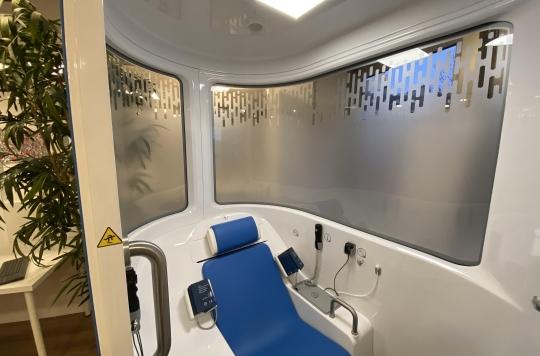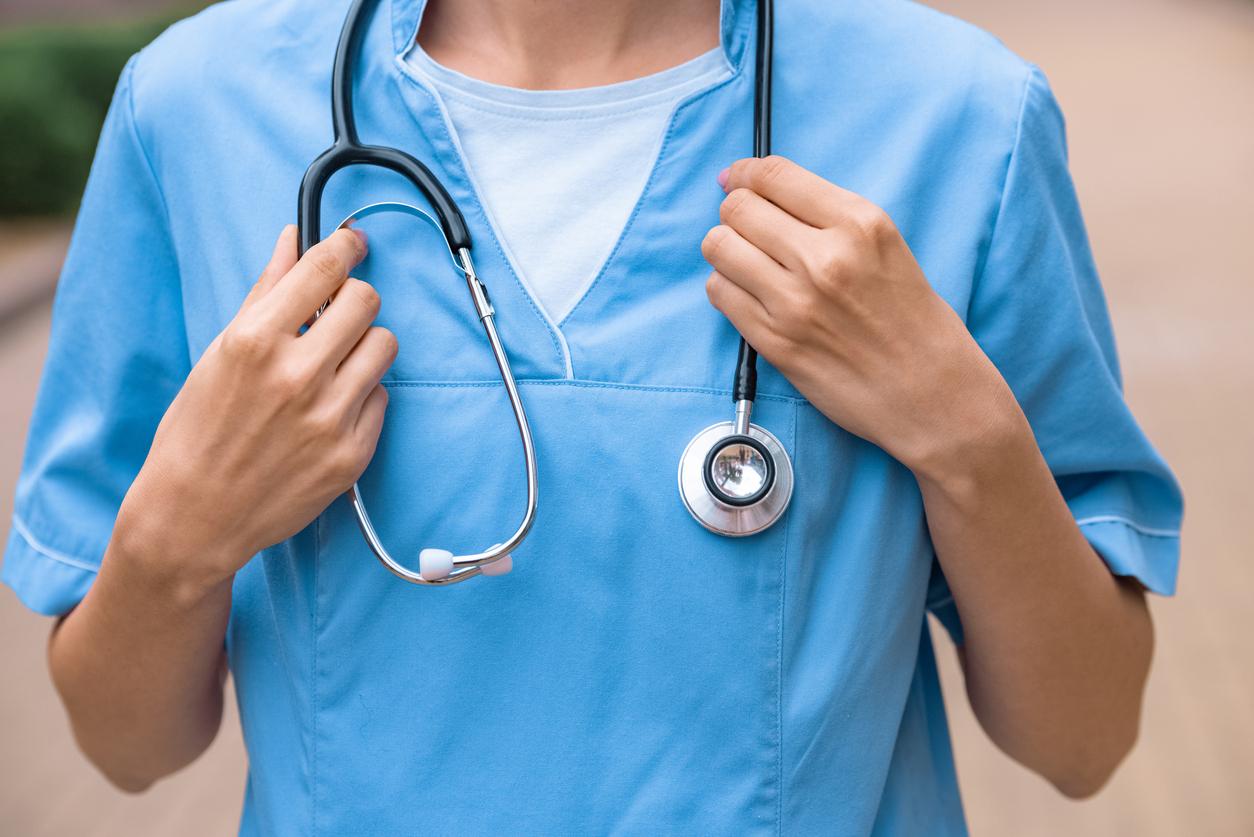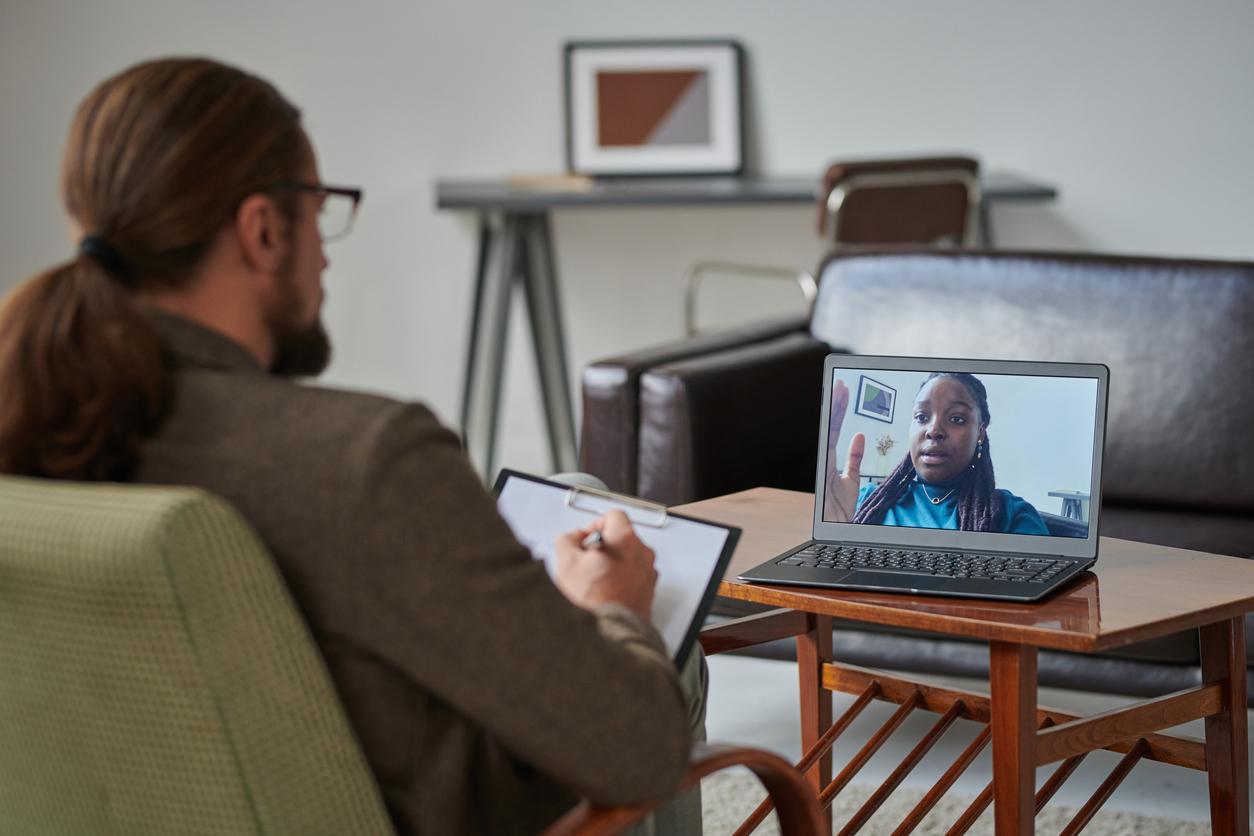Faced with medical desertification, several communities are investing in teleconsultation booths to compensate for the lack of doctors in the territories. These connected devices are decried by some health professionals, who are concerned about the health and quality of care for French people. Franck Baudino, doctor and founder of Health For Development, explains how these tools can facilitate access to care.

– Why doctor: Since the start of the Covid-19 epidemic, the use of teleconsultation has exploded. And for good reason, 22% of French people became regular and satisfied users of teleconsultations after the first confinement, while only 7% had used them before, according to a survey by France Assos Santé published in September 2021. Do citizens continue to consult a general practitioner from a cabin?
Frank Baudino : The French continue to use our teleconsultation booths. According to our data, about 3,000 passages have been identified since their installations in the communities. These devices, used mainly by people over 60 and women, have helped to unclog hospitals, because without them, 45% of citizens would have gone to the emergency room. Clearly, these tools have enabled healthcare establishments to save 47% of their time. Thanks to these devices, 30% of patients were again integrated into the coordinated care pathway.
– Where are your teleconsultation booths?
In general, we choose, with the elected officials who contacted us, to install our teleconsultation booths in town halls, namely accessible places. This is the case, for example, in Ballainvilliers, a town in Essonne which has seen the departure of several doctors. Some of our devices are located in companies, hospitals and even universities.
– Who can use these devices? Don’t they exclude the elderly who find it difficult to get used to new technologies?
All French people can use our cabins, except children under 6, for whom the tools are not suitable, and adults with neuropsychiatric disorders. The elderly, who may encounter digital difficulties during the teleconsultation, can be helped by a referent, who is on site during each appointment.
– How to make an appointment?
Patients, who have no healthcare costs to advance, can reserve a time slot online or make an appointment by telephone. At that time, they must indicate the subject of the consultation. If the patient has chest pain, breathing difficulties or suffers from repeated vomiting, it is recommended that he go to the hospital.
– How does the teleconsultation take place in the cabin?
There are two modes of use. The first is a clinical teleconsultation. In this case, the patient is not left to himself. A doctor, who has undergone training in medical teleconsultation, guides the patient by videoconference so that he can take his blood pressure or observe his mole more closely. In the cabin, there is a blood pressure monitor, an oximeter, a thermometer, a stetoscope, an autoscope, a dermatoscope and even an electrocardiogram. At the end of the teleconsultation, the GP can issue a prescription and a report for the referring doctor, printed directly in the cabin.
The second mode of use is the “check-up”. In this situation, the patient watches a video which guides him to take his physiological constants. This health check helps the referring doctor in the care of the patient. For example: the practitioner can ask the patient to take their blood pressure twice a week in the cabin and interpret the test results from their office.
– What are the ailments that can be detected?
Teleconsultation mainly makes it possible to diagnose cardiovascular diseases, ear infections, minor skin problems and sometimes even tumours.
– When are patients referred to a specialist?
If the doctor in videoconference is not able to solve the patient’s problem, he directs him directly to a specialist. If the patient returns several times during the week, the general practitioner stops giving him a prescription and encourages him to consult a specialist.
– Teleconsultation booths have a bad press with many health professionals. They consider that these devices are not a solution against medical desertification, but “sub-medicine”. Do these tools degrade the quality of patient care?
They’re right ! All the cabins available on the market are not certified and do not allow the health status of patients to be monitored. These devices only make sense if the patients integrate a coordinated care pathway and benefit from a personalized prevention program.
– Are we going to move towards a trivialization of care?
Perhaps. So what ? If this allows patients to be better cared for and to be actors in their health, I don’t see the problem. On the other hand, I am against hasty consultations. These cabins can represent a danger for the patients if it is cheap medicine!
.















